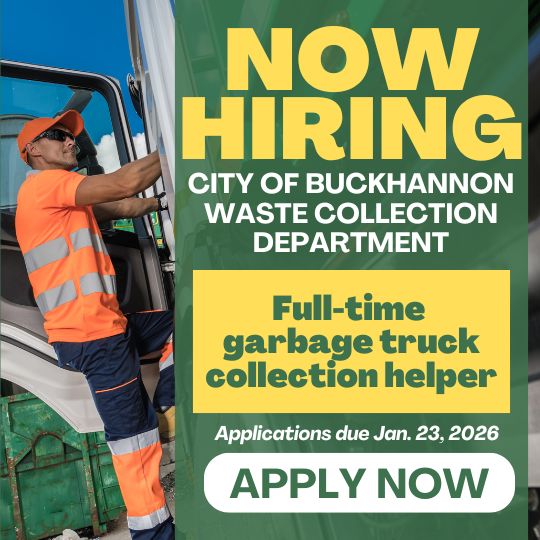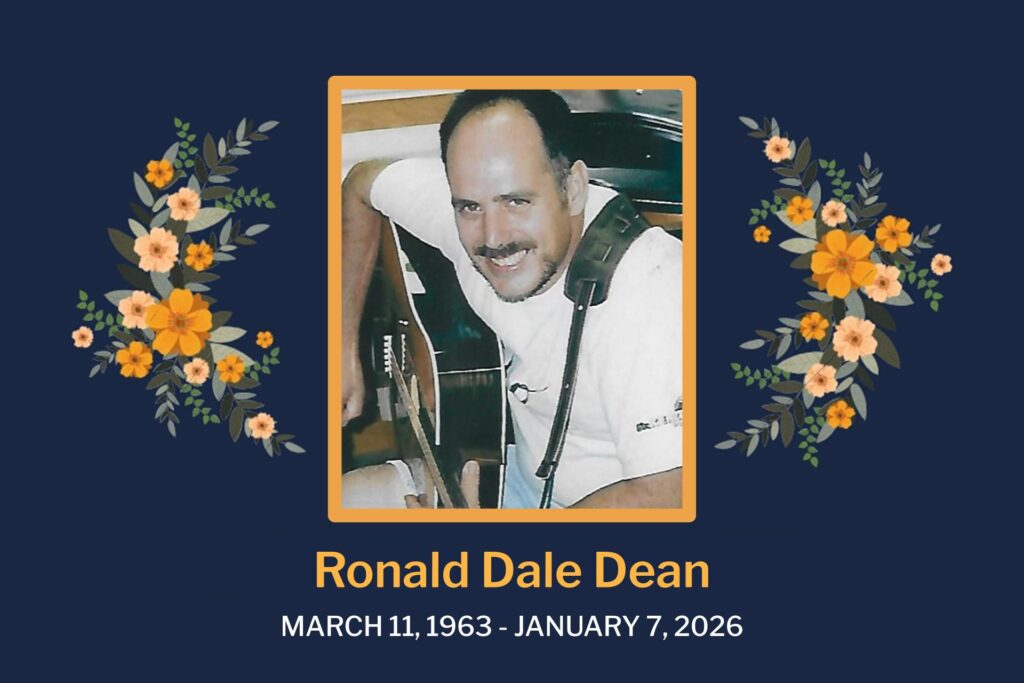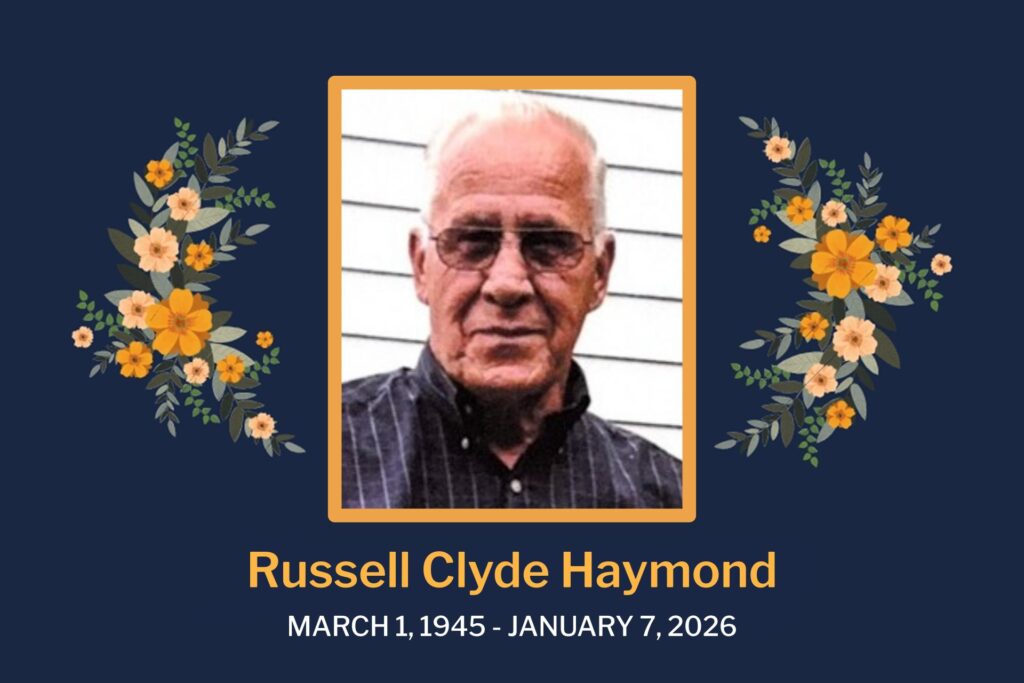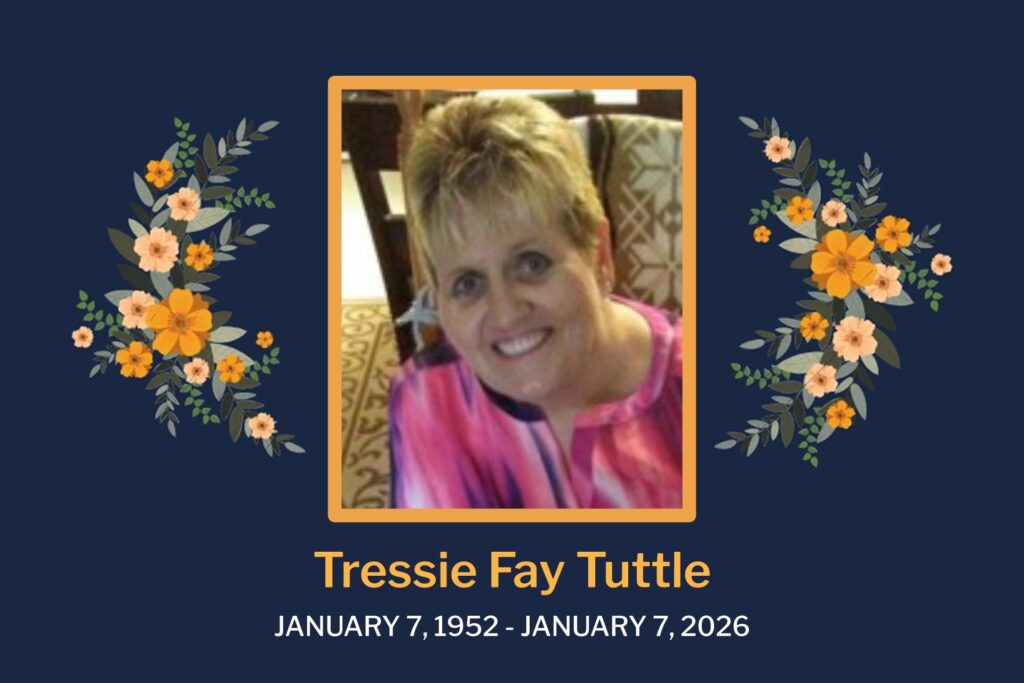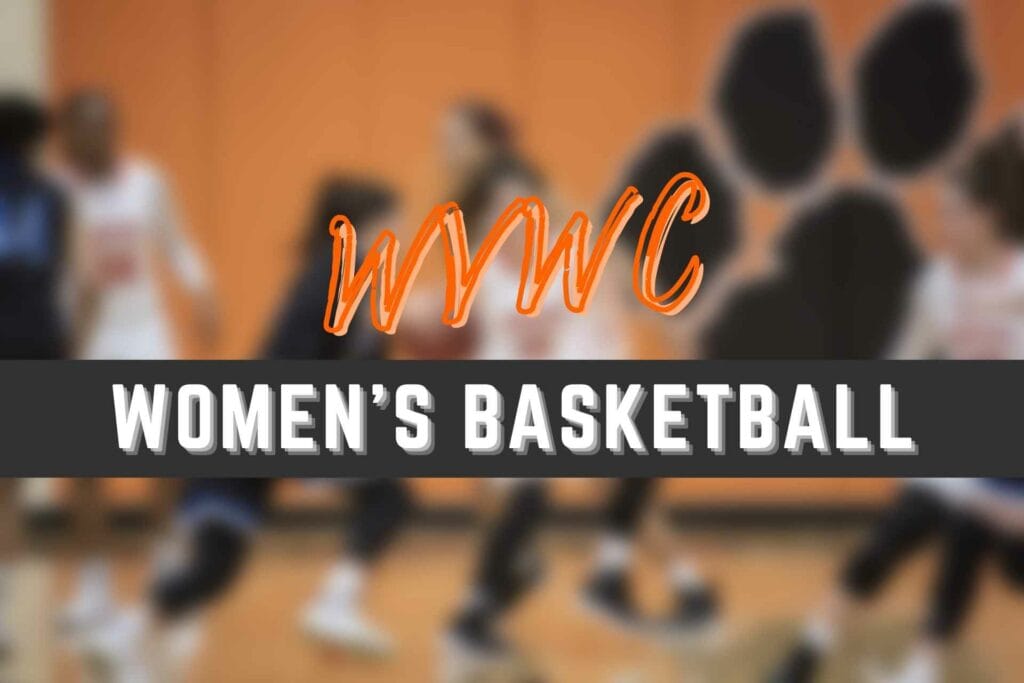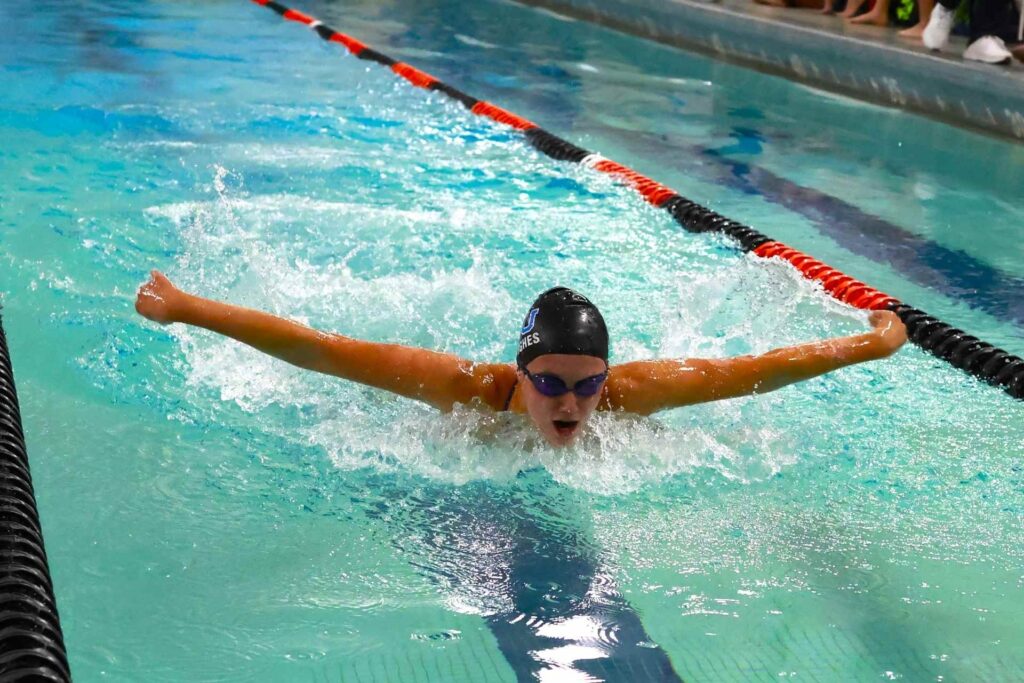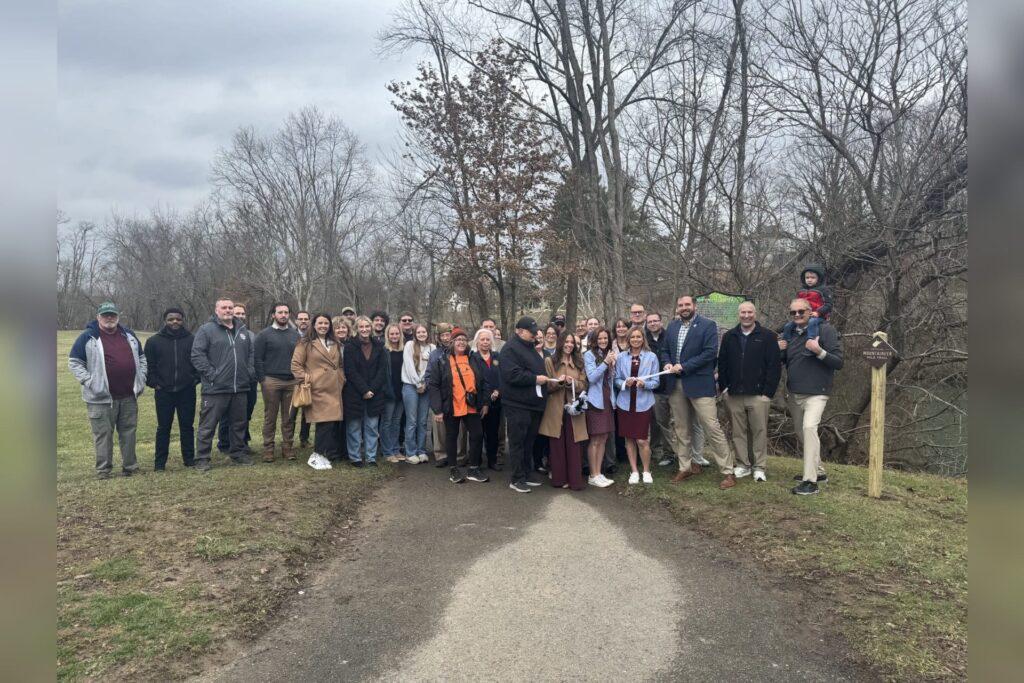After years of use, mattresses and the wood, metal and textiles that compose them are eventually discarded into landfills, creating methane gases while their chemicals and dyes seep into soil and groundwater.
A team of West Virginia University researchers, led by Sunidhi Mehta, assistant professor of fashion merchandising in the Davis College of Agriculture, Natural Resources and Design, will recycle those used textiles to replace single-use plastics with biodegradable products.
“Textile recycling is not easy to do,” Mehta said. “Over a period of time — five to seven to 10 years of use — textiles degrade a lot in their mechanical properties, so it’s very hard to recycle them into viable products. The only place they can go is to the landfill. Some degrade and some do not.”
Collaborators on the project include Louis McDonald, professor of environmental soil chemistry and soil fertility, and Rakesh Gupta and Edward Sabolsky, both from the Benjamin M. Statler College of Engineering and Mineral Resources.
The research is sponsored by the Mattress Recycling Council, a nonprofit organization formed by the mattress industry to operate recycling programs in states that have enacted mattress recycling laws. The program is currently running in California, Connecticut and Rhode Island and is known as “Bye Bye Mattress” to consumers.
The Council recycles 77% of the discarded mattresses, mainly wood and metal, but has not found a way to recycle the textiles, such as cotton, which make up about 23% of the mattress unit. According to the organization, more than one million pounds of cotton have been recovered from their mattress recycling operations. Now, the MRC has funded Mehta’s research for one year with a grant of $87,200.
The team will use cotton fibers from recycled mattresses to create biodegradable composite material.
“We are going to make a composite using materials with different properties,” Mehta said. “One material will be compostable, and the cotton from the mattress is biodegradable. The new material will be both compostable and biodegradable.”
Sabolsky will then use 3D printing to create a wide range of consumer products like beverage straws, eating utensils or disposable packaging.
“3D printing is a very sought-after method to produce materials that can’t be produced with traditional methods,” he explained.
Such printing is typically only done with plastics, which generates an even higher number of plastics in the environment, Mehta added.
For this project, however, the team will use a bio-based plastic that biodegrades. By mixing it with cotton from the mattresses, it improves the biodegradation process even more.
“Before working with Sunidhi, I didn’t know there was such a big issue with it,” Sabolsky said. “We’re trying to think of what useful objects we can fabricate using a composite that is filled with cotton fibers.”
Processing materials in such a way can improve the integrity of the product, creating advanced materials with enhanced properties such as thermal, mechanical or structural.
“We all use straws, for example,” Mehta said. “They’re one-time use. We toss them in the trash. We are trying to replace those single-use plastic consumer products with our biodegradable products. The type of product created, however, will be determined by the strength of the composite material.”
If all goes well, Sabolsky envisions replacement products for shoes, sports equipment and even cars. However, he cautioned that they don’t yet know what the composite material will look like which will partly determine how it can be used.
While making these biodegradable consumer products, Mehta will also study the carbon footprint of the project itself. Further experiments will be on the biodegradation process and the rate of biodegradation of the new composite material to find out how long it will take to biodegrade.
“This is another step in this movement for greener technologies, recycling and repurposing materials,” Sabolsky said. “We’re looking at another waste product typically put in landfills but using it to make useful objects and maybe even savings.”
After a year, Mehta plans to use her findings as a preliminary study to apply for other grants and continue researching innovative and unique ways to recycle textiles.
“My hope with this project is to do my part and help lower the environmental impact as much as I can,” she said. “My goal with this project is to help make our industry sustainable as much as we can just by doing this small part.”



